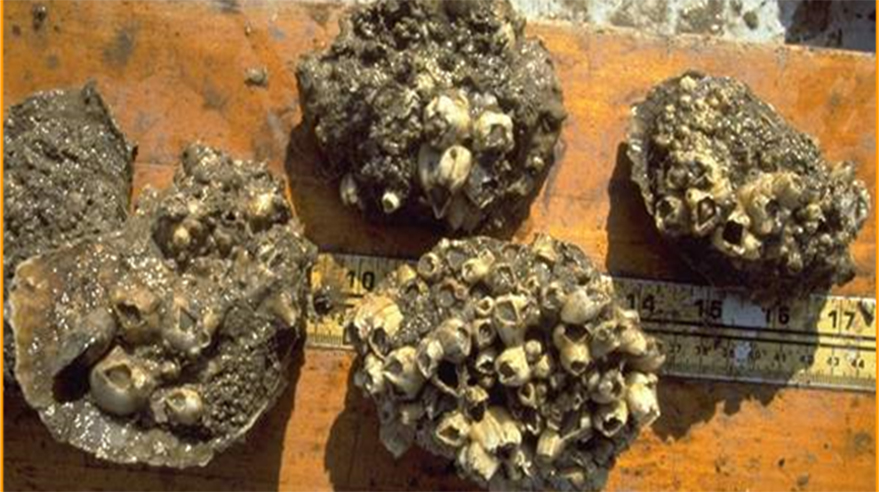Determining how aquaculture grow-out methods can reduce the negative effects of parasites and micropollutants
Principal Investigators
Torrance Hanley, Northeastern University
Randall Hughes, Northeastern University
Jonathan Grabowski, Northeastern University
David Kimbro, Northeastern University
Loretta Fernandez, Northeastern University

Abstract
Oyster aquaculture uses a variety of grow-out methods to provide a suite of valuable ecosystem services, serving as a critical component of sustainable seafood production in the United States. However, a number of abiotic and biotic stressors such as pollutants and parasites hamper the sustainability of oyster aquaculture as a result of negative effects on oyster survival, growth, condition, and marketability. The goal of the proposed project is to assess how the prevalence and intensity of oyster parasites vary depending on aquaculture farming methods (e.g., on- bottom vs floating) and water micropollutant concentrations to help growers minimize negative impacts on their business operations. To address this question, we are partnering with regional aquaculture practitioners to understand how environmental stressors like micropollutant levels may vary depending on grow-out method and how this may in turn exacerbate oyster parasites and diseases. We are proposing to deploy passive water samplers adjacent to both on-bottom and floating cages/bags at partner sites to collect time-integrated data on a suite of hydrophobic and hydrophilic compounds, including ubiquitous contaminants such as polycyclic aromatic hydrocarbons (PAHs), polychlorinated biphenyls (PCBs), pesticides, and herbicides. In addition, we are proposing to collect oysters reared in on-bottom vs floating cages/bags in the spring and fall of each year of the project to measure prevalence and intensity of five common oyster micro- and macro-parasites: Perkinsus marinus, Haplosporidium nelsoni, Haplosporidium costale (causative agents of Dermo, MSX, and SSO disease, respectively), boring sponge Cliona sp., and mud blister worm Polydora sp. Lastly, we will measure oyster size and condition to determine if/how micropollutants and/or parasites are related to oyster performance. We propose to compensate partners for their time, expertise, and the oysters used in this study. The resultant data on parasite prevalence and intensity and water micropollutant concentrations will be shared with partners. In the second component of this study, we will also share these results with additional stakeholders who are interested in using the data to develop or enhance their aquaculture operations. To do this, we will partner with The Nature Conservancy and the Massachusetts Aquaculture Association to develop stakeholder workshops. In addition, we propose to share these results via presentations and organized sessions at local, regional, and national meetings and conferences such as the New England Estuarine Research Society, Northeast Aquaculture Conference and Exposition, and National Shellfisheries Association. This project includes paid opportunities for students from historically-marginalized groups to gain hands-on research experience in marine ecology, environmental chemistry, and aquaculture, with the aim of increasing the diversity of students in marine science and ultimately of professionals in marine careers, including aquaculture.
Updates/Reports
Publications
Project Information
Started: February 2022
Completed:
Funded under: NOAA Sea Grant biennial call for proposals
Relevant Links
Northeastern University Department of Marine and Environmental Sciences
